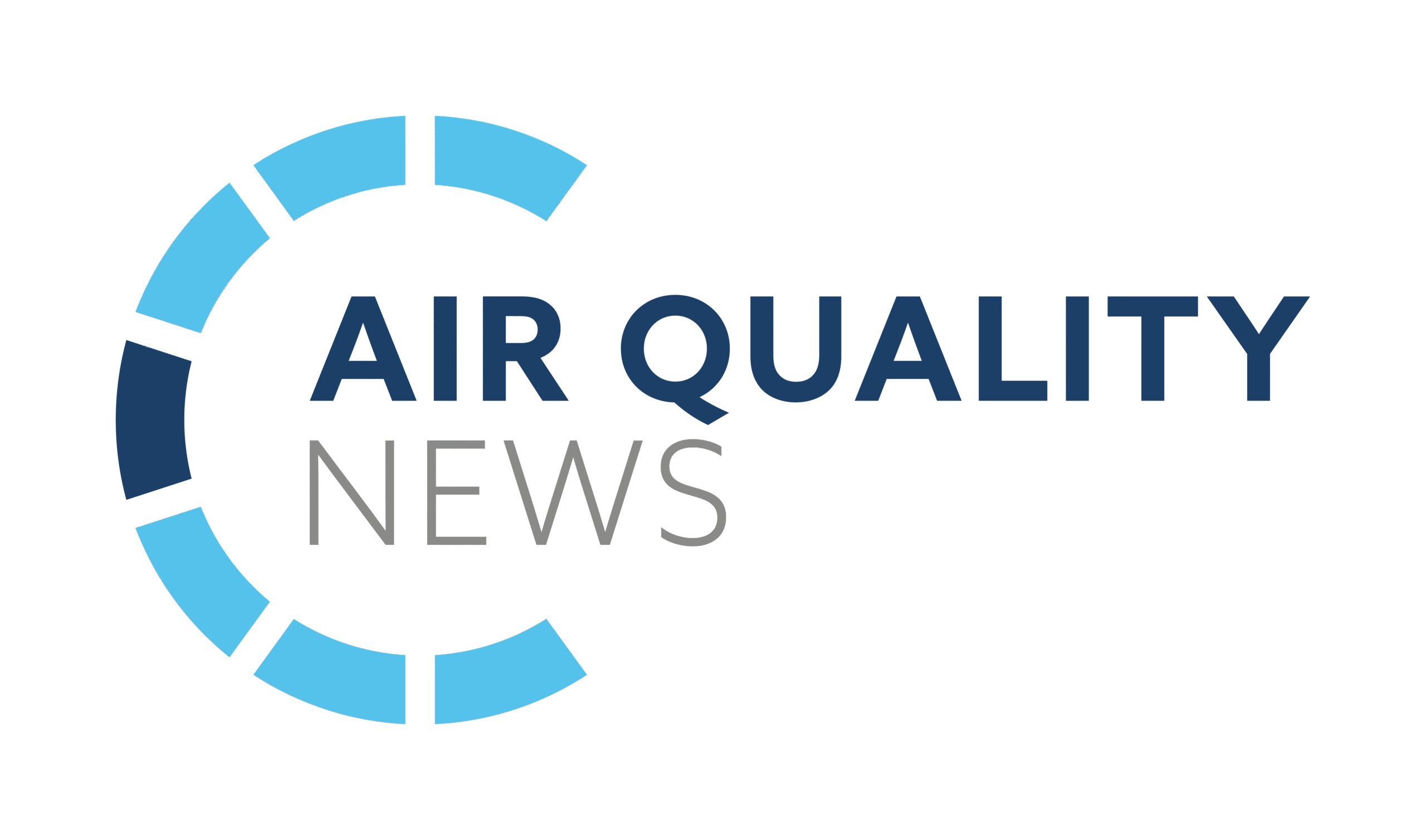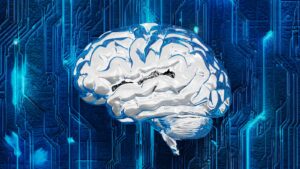Work is underway to create a new model, using artificial intelligence (AI) and social media, that will help detect early signs of anxiety and depression, according to researchers.
Experts from the University of São Paulo (USP) in Brazil have commenced onto the second stage of constructing an anxiety and depression prediction model that could potentially provide signs of the disorder before receiving a clinical diagnosis.
Researchers are using AI and one of the world’s largest social media platforms – Twitter – to identify signs of anxiety and depression through examining who people follow and the friends they have on the platform.
The first step in the study involved constructing a database, called SetembroBR, of information relating to a corpus of 47 million publicly posted Portuguese texts and the network of connections between 3,900 Twitter users. The users had reportedly been diagnosed with or treated for mental health problems before the survey. The tweets were also collected during the COVID-19 pandemic.
‘First, we collected timelines manually, analysing tweets by some 19,000 users, equivalent to the population of a village or small town,’ said Ivandre Paraboni, a Professor at the USP. ‘We then used two datasets, one for users who reported being diagnosed with a mental health problem and another selected at random for control purposes.
‘We wanted to distinguish between people with depression and the general population.’
Additionally, because it has been found that people on social media who suffer with depression and anxiety tend to follow accounts or influencers who publicly acknowledge their condition, the study also collected tweets from friends and followers.
The second step – still in progress – has provided some preliminary findings, such as the possibility of detecting the likelihood of a person developing depression based solely on their social media friends and followers, without taking their own posts into account.
Following this, academics deployed deep learning (AI) to create four text classifiers and word embeddings which they applied to posts and discovered that because models analysed sequences of words and complete sentences, it was possible to observe that people with depression tended to write about subjects connected to themselves, using verbs and phrases in the first person, as well as topics such as death, crisis and psychology.
These models correspond to a neural network that learns contexts and meanings by monitoring sequential data relationships, such as words in a sentence. The training input consisted of a sample of 200 tweets selected at random from each user.
Ivandre Paraboni said: ‘The signs of depression that can be detected during a visit to the doctor aren’t necessarily the same as the ones that appear on social media.
‘For example, use of the first-person singular pronouns I and me was very evident, and in psychology this is considered a classic sign of depression. We also observed frequent use of the heart emoji by depressive users.
‘This is widely felt to be a symbol of affection and love, but maybe psychologists haven’t yet characterised it as such.’
Researchers are currently extending the database, refining their computational techniques and upgrading the models in order to see if they can produce a tool for future use in screening prospective sufferers from mental health problems and helping families and friends of young people at risk of depression and anxiety.
The study is reported in an article published in the online journal Language Resources and Evaluation.
Image: Fernando @cferdophotography and Souvik Banerjee















Leave a Reply